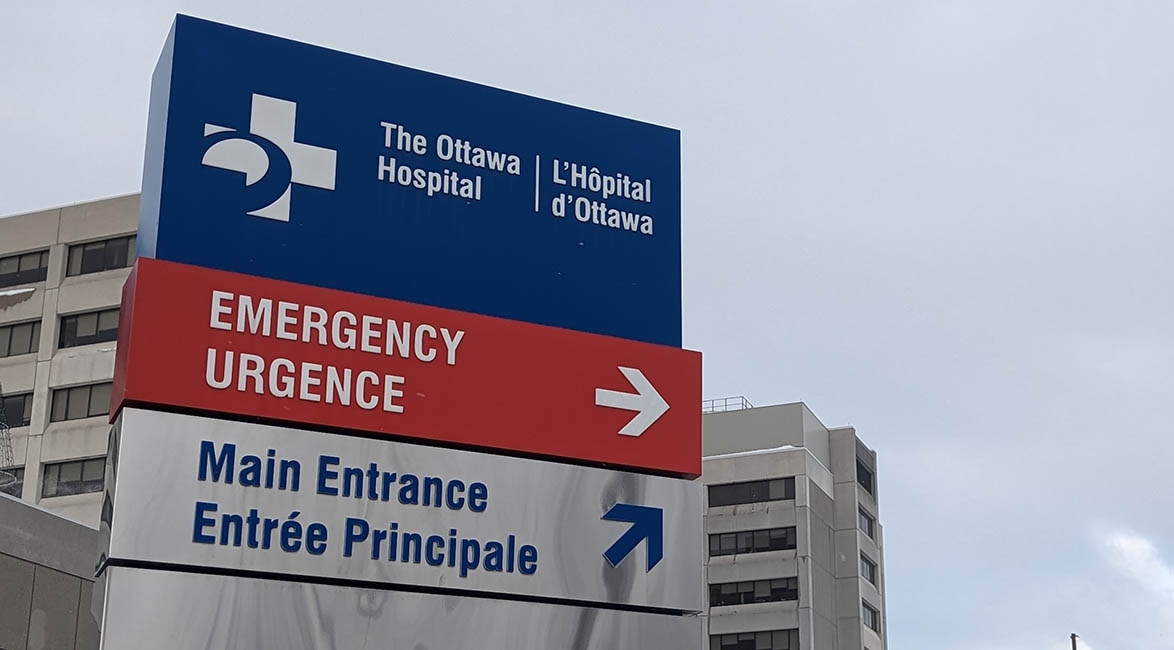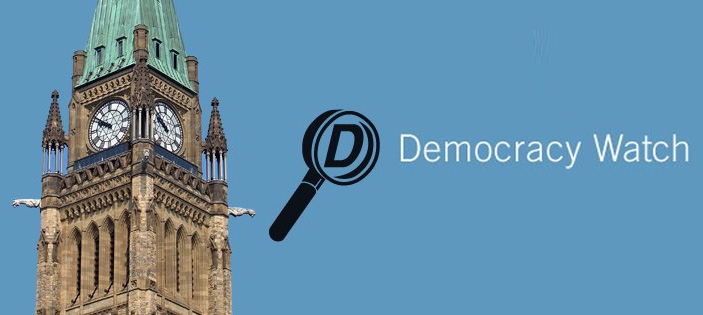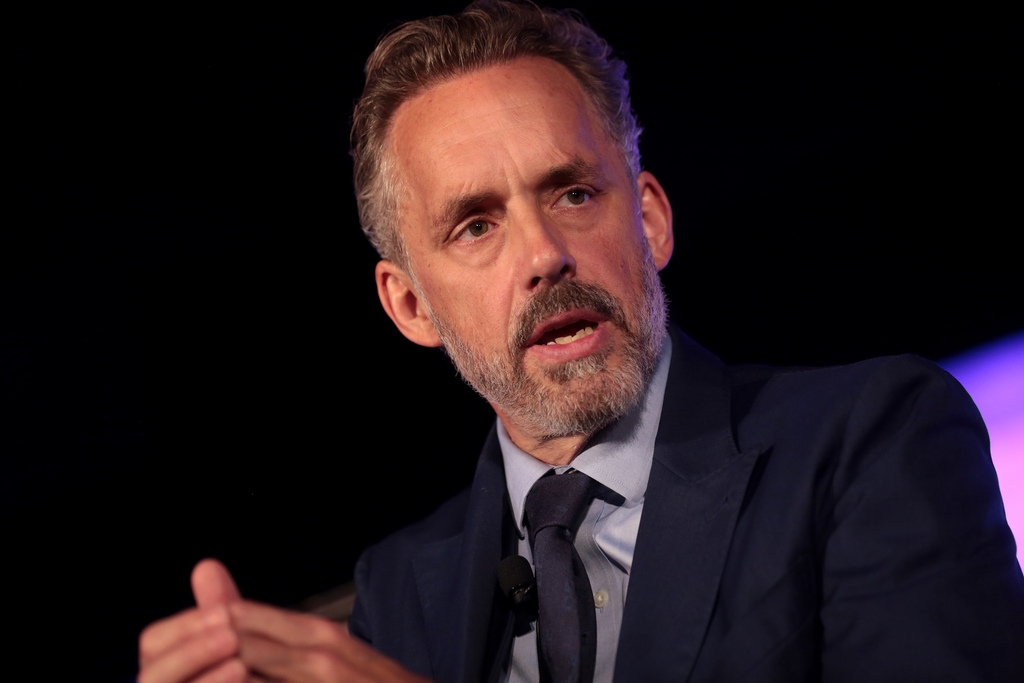
Canadian Healthcare Waitlists Numbers are Unclear and Slow to Improve
Since the pandemic’s end, the total number of Canadians awaiting healthcare seems to have decreased. This progress, however, has been remarkably slow and difficult to track because of incomplete provincial data sets. As of 2024, one in eight Canadians is on a healthcare waitlist, reports Calgary-based think tank SecondStreet.org.
Findings from SecondStreet.org show that the number of Canadians reported to be awaiting healthcare—including surgeries, specialist appointments, and diagnostic scans—is more than 3.2 million. However, healthcare waitlist data in Canada (which varies by province) is often incomplete and outdated. Because of underreporting and incomplete data sets, SecondStreet.org estimates that the true number is closer to 5.1 million Canadians.
“Despite record health spending by provincial governments to reduce wait times, improvements to waiting lists have been quite sluggish,” said Harrison Fleming, Legislative and Policy Director at SecondStreet.org. “With more than three million Canadians waiting today—nearly the same number since Canada came out of the pandemic—it’s clear that throwing money at the problem isn’t the answer. Copying policies that work well in universal systems in Europe could help.”
SecondStreet.org’s findings are incomplete because provincial data on wait times is lacking. In fact, in seven provinces, there is no data on how many patients are waiting to see a healthcare specialist. Other provinces have outdated or incomplete data on waitlists for diagnoses, scans, and surgeries. Although these incomplete data sets make it difficult to pinpoint which provinces are doing best, it is at least apparent that not all provinces are faring equally when it comes to improving healthcare waitlist numbers.
SecondStreet.org’s findings show that the Western provinces have nothing to boast about. British Columbia’s surgical waitlist has increased by 10 percent since the end of the pandemic, with 204,737 patients on waitlists for diagnostic scans and procedures. Alberta also experienced increased waitlist numbers for surgical, specialist, and diagnostic waitlists (though noted that recent data surveyed a larger pool than in previous years). Manitoba saw an approximate 16 percent increase in waitlist numbers for surgery and diagnostic scans.
On the other hand, Ontario and Quebec rendered mixed results. Ontario saw a decrease in surgical waitlist numbers while diagnostic waitlist numbers skyrocketed. Meanwhile, Quebec witnessed the opposite phenomenon: an increase in surgical waitlist numbers and a decrease in diagnostic waitlist numbers.
SecondStreet.org’s report could not offer clear findings for the Atlantic provinces; data in the region is largely incomplete. SecondStreet.org estimates modest improvement in the Maritimes and Newfoundland.
Saskatchewan’s healthcare waitlist numbers boast the most applause-worthy results, experiencing a steady drop in both surgery and diagnostic waitlist numbers since the end of the pandemic.
SecondStreet.org President Colin Craig argues that provinces need to do a better job of reporting healthcare waitlist data so that policymakers can address the problem. SecondStreet.org’s report notes that even the provinces that seem to have fared better only provided a limited number of data points, often neglecting to share wait times for specialist appointments.
“It’s amazing how many health ministers in Canada don’t know how many patients are waiting for health services, particularly when it comes to appointments with specialists,” Craig says. “Tracking the nation’s enormous waiting list backlog should be a priority. We’re doing our part to track the data, but can governments really fix this problem if they don’t track the data carefully?”
It is encouraging that Canadian healthcare waitlist numbers seem to be improving (albeit slowly), yet SecondStreet.org is correct in arguing that only complete data sets can tell the whole story.
You can keep up with SecondStreet.org’s findings on Canadian healthcare waitlist numbers through its reporting initiative, CanadaWaits, which it regularly updates.
PHOTO: OLM STAFF








